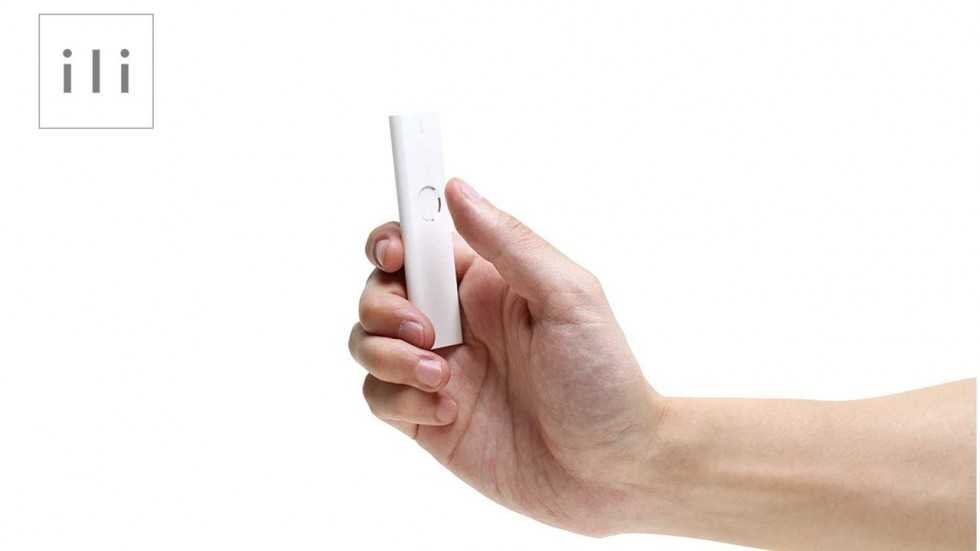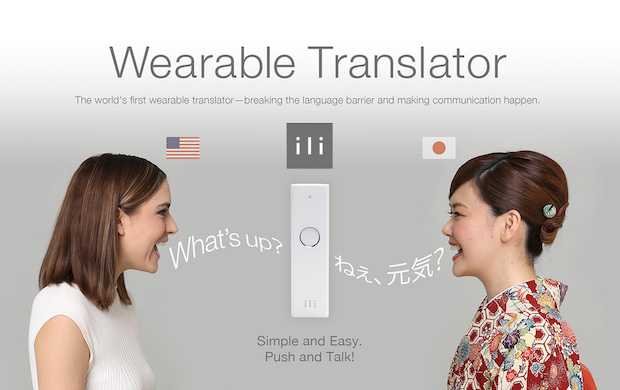or Wearable Translator: While knowledge of the English language as a means of communication in the business world remains vital. This does not mean, however, that meaningful conversations do not take place in other languages as well. Although there have been strides in the field of real-time translation to date, ili has certainly hit the mark with its new wearable translator that it presented at CES 2016.
The ILI device is said to be the first wearable translation machine of its kind in the world. It's very simple to use, it only takes a press of a button (it looks like the fingerprint sensor design of iPhone).
By pressing the button you can say what you have in mind, and the device will make the necessary translation while you talk, so your listener can also listen to what you say.
How does it work; No Wi-Fi, 3G / 4G or other needed connection με το Διαδίκτυο, καθώς υπάρχει μια ενσωματωμένη μηχανή μετάφρασης που κάνει όλη τη σκληρή δουλειά. Η ενσωματωμένη μηχανή μετάφρασης συνεργάζεται με ένα chipset για τη σύνθεση ομιλίας. Υπάρχει επίσης μια βιβλιοθήκη ταξιδιωτικών λεξικών προ-φορτωμένη, καθιστώντας τη συσκευή ιδανική για τουρίστες.
At the moment, the device "speaks" English, Japanese and Chinese, but the second generation model will handle French, Thai and Korean very well. The company's goal is with the third edition to provide translation options in Spanish, Italian and Arabic. Elliniki will probably come in v100.02
Final pricing details for the revolutionary device have not been set, but it is said to be priced “affordably.” The pre-orders they will open sometime in March or April.





